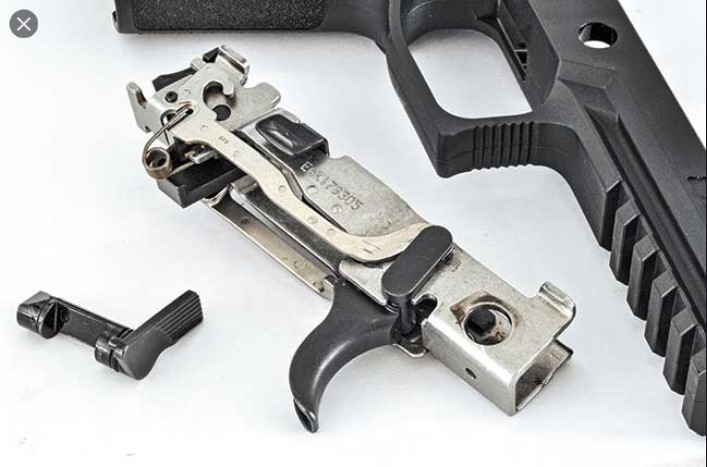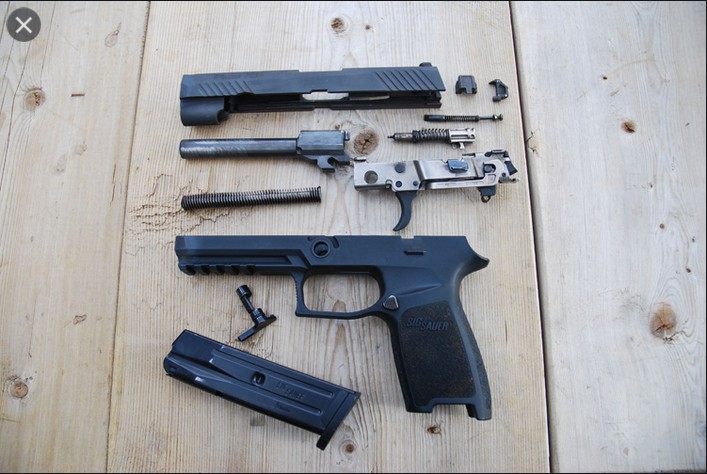stinkeypete
New member
A Sig P320 frame costs about $35 (not the registered part for this firearm)
A 1911 frame costs a hair under $200 (even for an 80% receiver-also not registered)
Interesting to sort of compare the costs of production (to some degree).
I really like things involving the old, nearly lost now, magical alchemy of the ways people have treated steel in days gone by- Case coloring, Carbonia bluing, Cyanide, Nitre blued screws... some of the old pistols have a magic blue that looks infinitely deep and how it was done is a secret... really cool stuff.
We were talking with a friend who just bought himself a "rubber" wedding ring to replace his gold. He works with his hands. "It's light weight and I don't have to worry about scratching it up!" he says. His wife seems quietly please.
"Mine's titanium" says me. "It would take a lot to scratch it up, and it's light weight too!"
"I work around high voltage" he counters.
"Good point!" I concede. "Maybe the wives would like to trade wedding rings for some modern material? All that gold and diamond stuff is sooo out of date!"
The women erupt in a merry round of laughter. No way.
Maybe we all just have our own artistic sense of what "jewelry" is. And sometimes a pistol is just a garden tool- so long as it works, it's a good tool.
A 1911 frame costs a hair under $200 (even for an 80% receiver-also not registered)
Interesting to sort of compare the costs of production (to some degree).
I really like things involving the old, nearly lost now, magical alchemy of the ways people have treated steel in days gone by- Case coloring, Carbonia bluing, Cyanide, Nitre blued screws... some of the old pistols have a magic blue that looks infinitely deep and how it was done is a secret... really cool stuff.
We were talking with a friend who just bought himself a "rubber" wedding ring to replace his gold. He works with his hands. "It's light weight and I don't have to worry about scratching it up!" he says. His wife seems quietly please.
"Mine's titanium" says me. "It would take a lot to scratch it up, and it's light weight too!"
"I work around high voltage" he counters.
"Good point!" I concede. "Maybe the wives would like to trade wedding rings for some modern material? All that gold and diamond stuff is sooo out of date!"
The women erupt in a merry round of laughter. No way.
Maybe we all just have our own artistic sense of what "jewelry" is. And sometimes a pistol is just a garden tool- so long as it works, it's a good tool.





